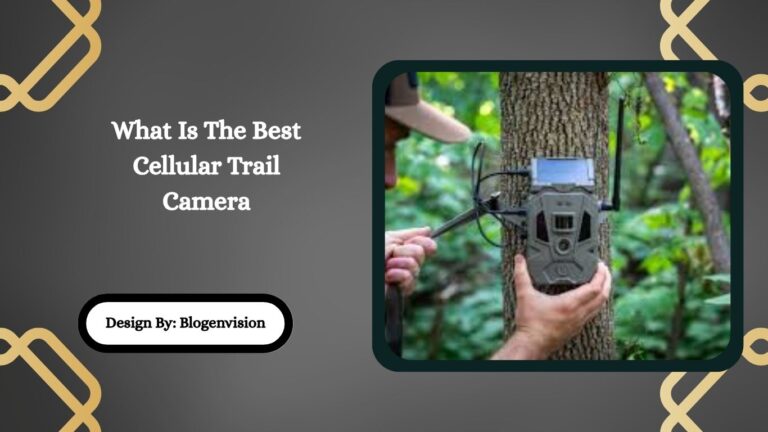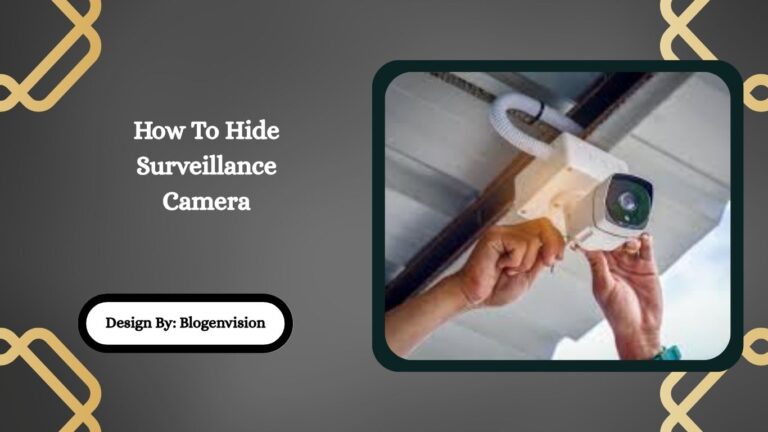How To Get Traffic Camera Footage In Texas – Full Guide!
To get traffic camera footage in Texas, contact the right agency (like TxDOT, city traffic departments, or police), file a Public Information Request, and wait for approval. Fees may apply for footage.
Sometimes accidents or unexpected events happen on the road, and you might need proof of what really happened. That’s where traffic camera footage can help. If you are wondering how to get traffic camera footage in Texas, this complete guide will explain everything step-by-step in simple words. Let’s get started!
Can You Really Get Traffic Camera Footage in Texas?
Yes, you can get traffic camera footage in Texas — but it’s not as easy as searching online. In Texas, traffic cameras are usually owned and managed by different government agencies, such as:
- Texas Department of Transportation (TxDOT)
- Local city transportation departments
- Local police departments
Some cameras only show live feeds for monitoring traffic and do not record anything. Others, like red-light cameras, toll cameras, and police surveillance cameras, usually record and save footage for a limited time.
Why Would You Need Traffic Camera Footage?

There are many reasons why someone might want to get traffic camera footage, including:
- To prove who was at fault in a car accident
- To support an insurance claim
- To find evidence for a court case
- To help the police investigate a crime
- To check events that happened near your home or workplace
Having real video evidence can make a big difference, especially in legal or insurance matters.
How to Get Traffic Camera Footage in Texas – Step-by-Step!
Here’s how you can request traffic camera footage if you need it:
Step 1: Identify the Location of the Camera
First, you need to know exactly where the incident happened. Write down:
- Street names
- Closest intersections
- Landmarks or buildings nearby
- Date and time of the event
The more details you have, the easier it will be for the officials to find the right footage.
Step 2: Find Out Who Owns the Camera
Different places have different owners for cameras:
- Highways and freeways: Contact TxDOT (Texas Department of Transportation).
- City streets and intersections: Contact the local city traffic department.
- Toll roads: Contact the toll authority, like NTTA (North Texas Tollway Authority).
- Police cameras: Contact the local police department.
Look up the official website or call the department to find out where to send your request.
Step 3: Submit a Public Information Request
In Texas, you can ask for government records, including traffic camera footage, by filing a Public Information Request (PIR). Also called an Open Records Request, this is your official way to ask for footage.
Your request should include:
- The date and time of the incident
- The location (with as much detail as possible)
- A description of what you are looking for (example: “traffic camera footage of car accident at Main St and 2nd Ave on April 20 at 3:15 PM”)
- Your contact information
You can usually submit your request by:
- Email
- Online forms (on agency websites)
- Mail
- In person
Tip: Always be polite and clear in your request. It helps get a faster response.
Step 4: Pay Any Fees if Required
Sometimes, agencies may charge a small fee for finding, copying, and sending the footage. They will tell you if there’s a cost after they receive your request.
Fees are usually small but depend on:
- How long the footage is
- How much work is needed to find it
- Whether you want a digital or physical copy
Step 5: Wait for a Response
By Texas law, agencies must respond to your request within 10 business days. They might:
- Send you the footage
- Ask for more details
- Tell you why they can’t release the footage (like privacy issues or ongoing investigations)
If they approve your request, you’ll get the video soon after.
Also Read: How To Reset Vicohome Camera – Easy Step-by-Step Guide!
Important Things You Should Know:
- Not Every Camera Records: Many traffic cameras only show live video and do not save recordings unless it’s a special camera (like red-light cameras).
- Act Fast: Footage may be automatically deleted after just a few days or weeks. Always request it as soon as possible after an incident.
- Privacy Rules: If the footage shows private individuals or is part of a criminal case, you might not be allowed to get it without special permission.
- Lawyers Can Help: If you have trouble getting the footage, a lawyer can help by sending stronger requests or going to court.
How Long Is Traffic Camera Footage Stored in Texas?
The time footage is kept depends on the agency:
| Camera Type | Storage Time |
| Live Traffic Cameras | Often not recorded |
| Red-Light and Toll Cameras | 30 to 90 days |
| Police Surveillance Cameras | 7 to 30 days |
Always ask quickly because if the footage is deleted, there’s no way to get it back.
What If They Deny My Request?
If your request is denied, don’t give up. Here’s what you can do:
- Ask why it was denied: Sometimes you just need to give more information.
- Appeal the decision: Many agencies have an appeal process.
- Hire a lawyer: In some cases, especially serious ones, a lawyer can file a court order to get the footage.
FAQs:
1. How quickly can I get traffic camera footage in Texas?
It usually takes 10 business days for agencies to respond to your request. Acting quickly increases your chances of getting the footage before it’s deleted.
2. Do I need a lawyer to request traffic camera footage?
No, a lawyer is not required. However, if the agency denies your request, a lawyer can help you appeal or obtain footage through legal means.
3. Can I get footage from all types of traffic cameras?
Not all traffic cameras record. Only red-light, toll, and certain police cameras usually store footage. Many live traffic cameras do not keep recordings.
4. What happens if my request for footage is denied?
If denied, you can appeal the decision or hire a lawyer to request a court order for the footage, depending on the situation.
5. How do I know which agency to contact for camera footage?
Identify the camera’s location (highway, city street, or toll road) and contact the appropriate department: TxDOT for highways, local traffic departments for streets, or police for criminal-related footage.
Conclusion:
Getting traffic camera footage in Texas is possible, but it requires the right steps. By identifying the camera location, submitting a Public Information Request, and acting quickly, you can obtain important video evidence. Keep in mind that not all traffic cameras record footage, and many agencies have limited storage times. If your request is denied, you can appeal or consult a lawyer. Stay proactive to secure your footage before it’s deleted.







